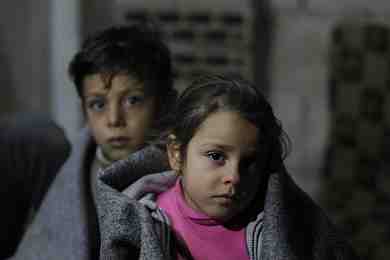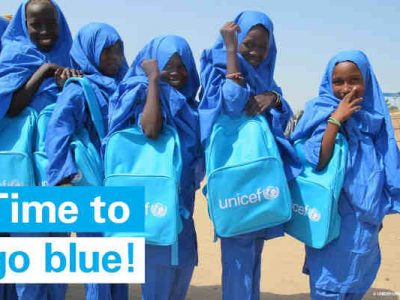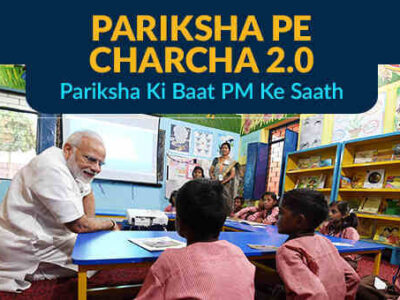
Children in Syria Risk Their Lives to Go to School

In eastern Aleppo, a young girl returns home from school.
With the start of the school year in Syria, over 1.7 million children remain out of school and another 1.3 million are at a risk of dropping out, according to new education data.
Escalating violence, displacement, increased poverty, and an overstretched and under-resourced education system continue to force children out of school, denying them of their right to education.
Across the war-torn country, one in three schools cannot be used because they are either damaged, destroyed, sheltering the internally displaced or are being used for military purposes. Since the war began in 2011, there have been over 4,000 attacks on schools.
“In Syria children are risking death to go to school. In the past two weeks, nine school-children, aged as young as five, lost their lives in two separate attacks on or near schools,” says Hanaa Singer UNICEF’s representative in Syria. “School should not be a death trap. It should be a place where children are protected and able to learn, grow, and develop their skills.”
[ Support RMN Foundation Free Schools for Poor Children ]
In September this year, UNICEF and partners launched a back-to-learning campaign to reach 2.5 million children with school supplies and text books, including 200,000 children living under siege and in hard-to-reach areas.
More than 1,200 UNICEF-supported young volunteers are going door-to-door to reach out-of-school children including through alternative learning opportunities.
UNICEF’s work with partners and thanks to generous donors support in education is paying off. A recent assessment shows a drop in the number of out-of-school children from 2.1 million in 2014/15 to 1.7 million in 2015/16.
“This is significant progress but is not enough. We need to invest much more so that every child in Syria is in school,” says Singer.
“We urge all parties to the conflict to protect children, schools and all civilians in line with their obligations under international humanitarian law.”
Photo courtesy: UNICEF










